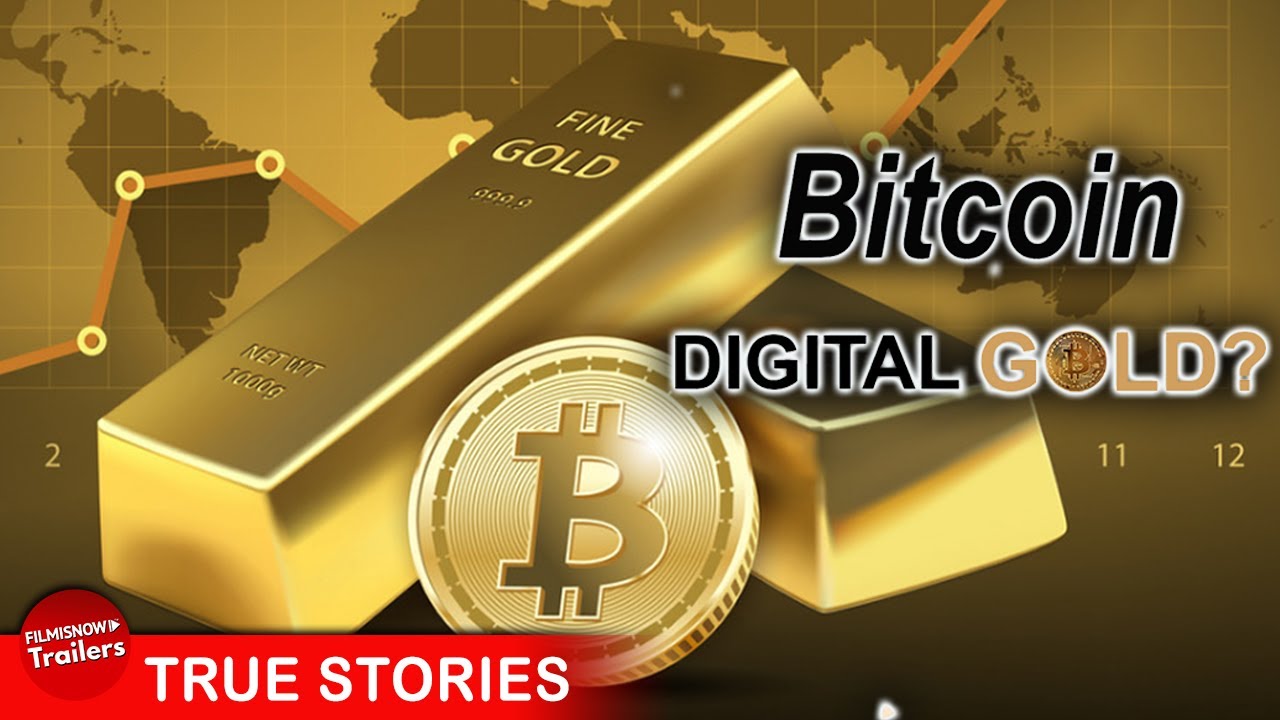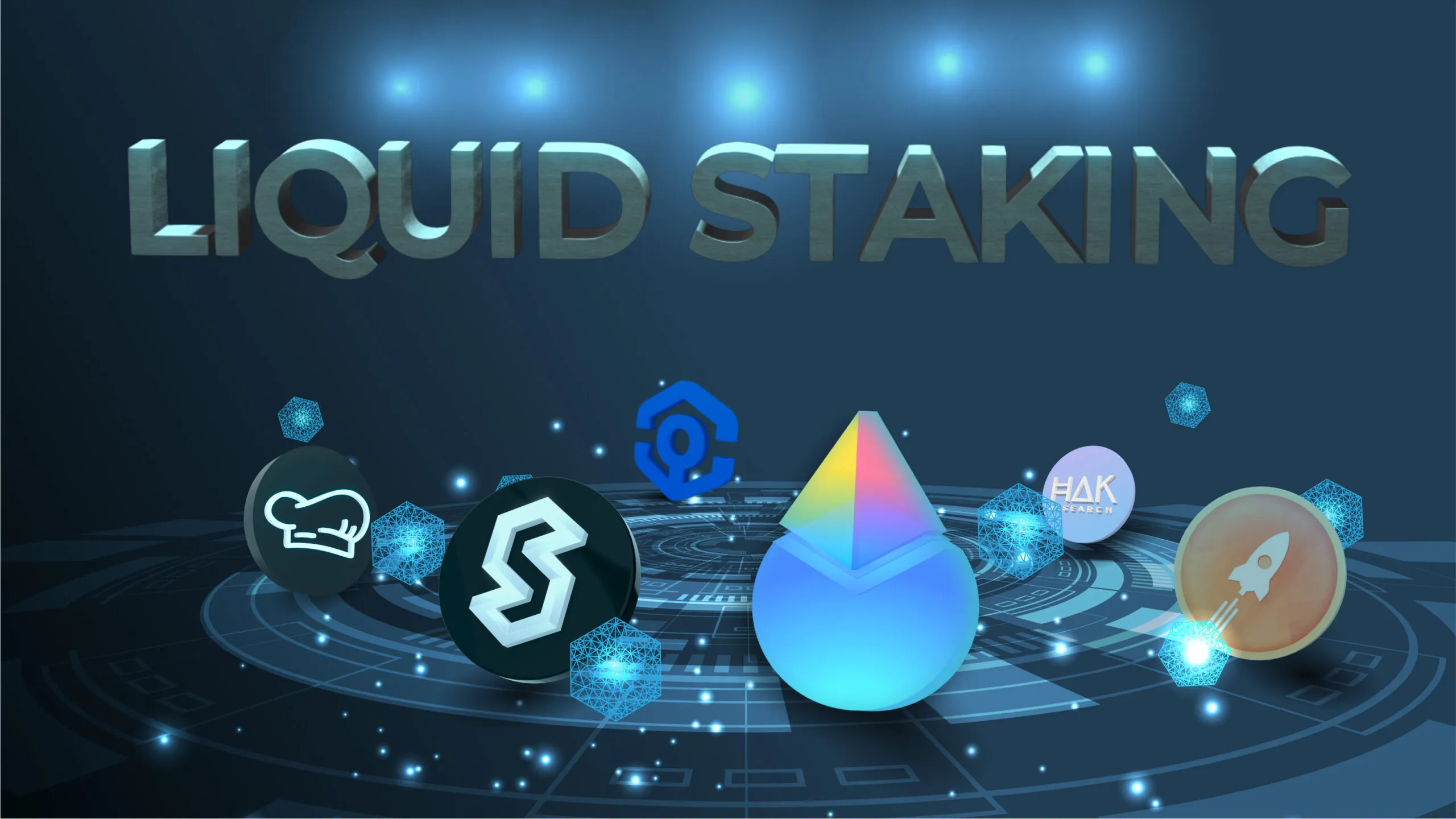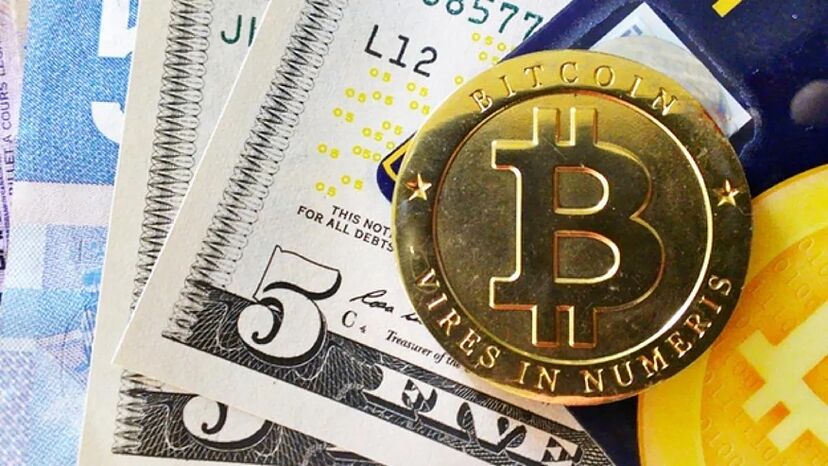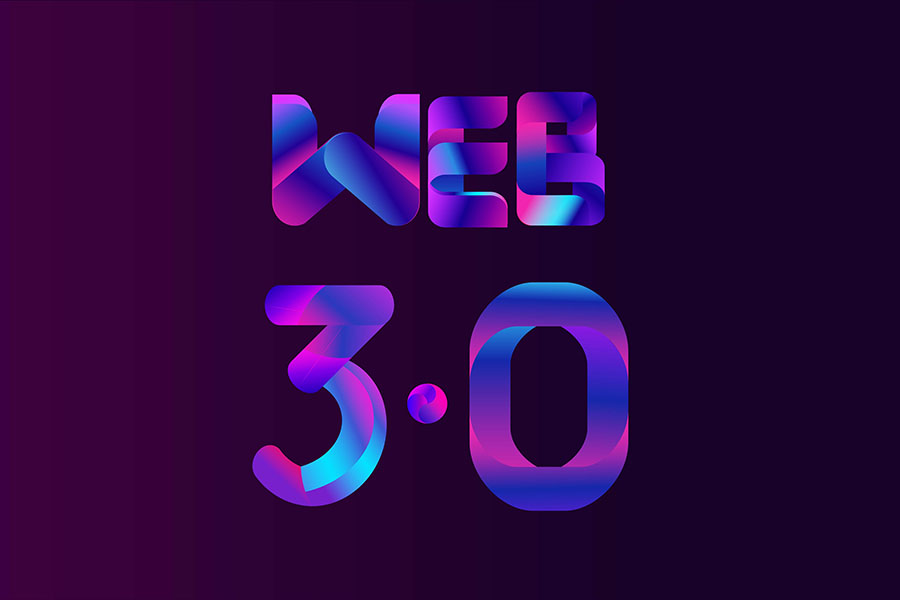ERC-20 inventor discusses origins, new blockchains, BRC-20 and more
Vogelsteller was inspired to create?ERC-20?after seeing the challenges that early token projects were facing.
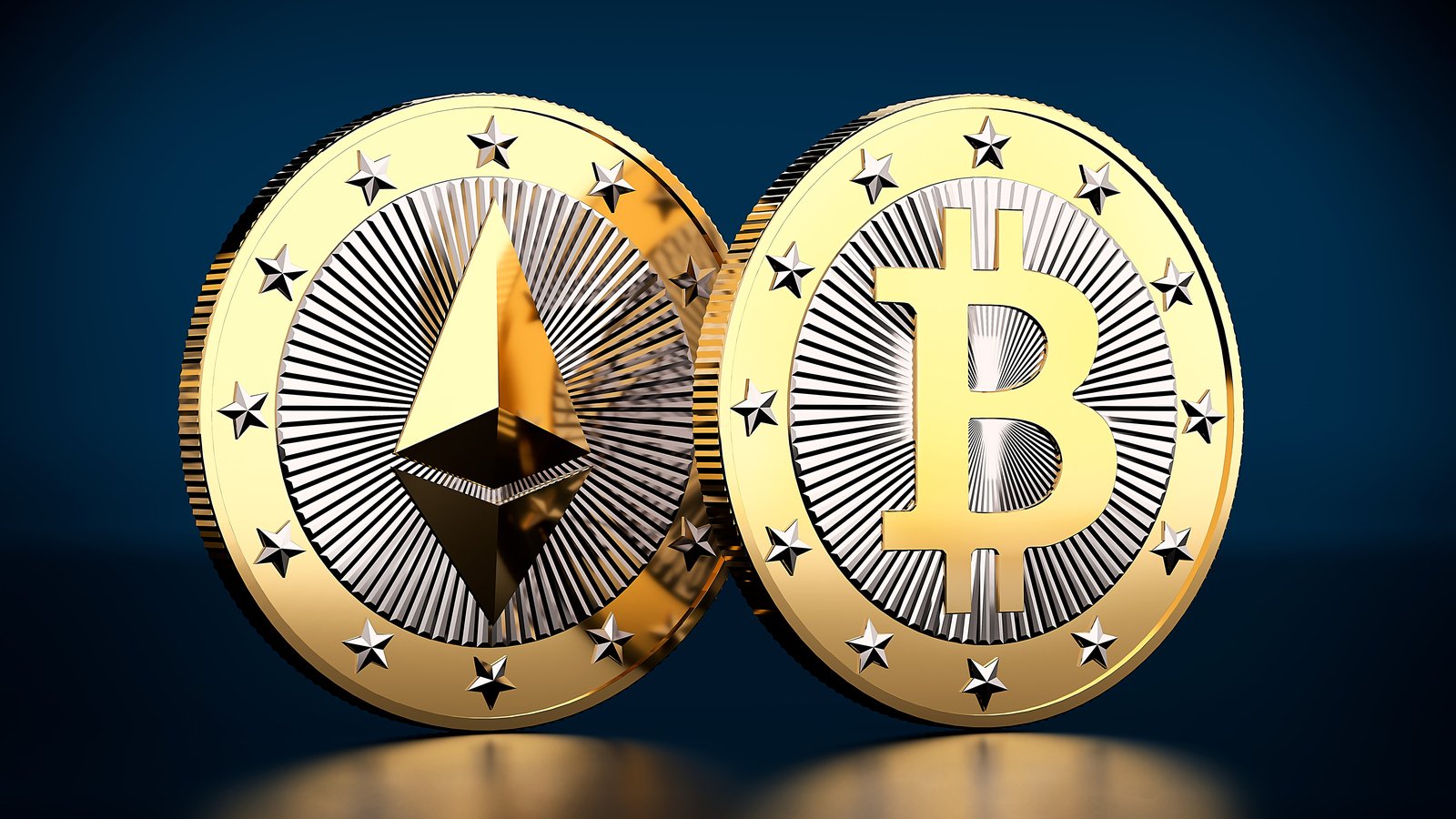
ERC-20 is the most popular token standard on the Ethereum blockchain. It is used by thousands of tokens, including some of the largest and most well-known cryptocurrencies, such as DAI, Tether, and Uniswap.
Fabian Vogelsteller is the inventor of the ERC-20 token standard. In a recent interview with Cointelegraph, he discussed the origins of ERC-20, the rise of new blockchains, and the BRC-20 token standard.
Origins of ERC-20
Vogelsteller was inspired to create ERC-20 after seeing the challenges that early token projects were facing. At the time, there was no standard way to create and deploy tokens on Ethereum. This led to a lot of confusion and fragmentation, and it made it difficult for users to interact with different tokens.
Vogelsteller wanted to create a standard that would make it easier to develop and deploy tokens on Ethereum. He also wanted to create a standard that would be flexible enough to support a wide range of token use cases.
ERC-20's success
ERC-20 has been incredibly successful. It has become the de facto token standard on Ethereum, and it is used by thousands of different tokens. ERC-20's success is due to a number of factors, including:
- It is a simple and easy-to-understand standard.
- It is flexible and can support a wide range of token use cases.
- It is widely supported by Ethereum wallets and exchanges.
New blockchains
Vogelsteller is also interested in the rise of new blockchains. He believes that new blockchains have the potential to address some of the limitations of Ethereum, such as its high transaction fees and scalability issues.
One blockchain that Vogelsteller is particularly interested in is Solana. Solana is a high-performance blockchain that is capable of processing thousands of transactions per second at a fraction of the cost of Ethereum.
BRC-20 token standard
Vogelsteller is also the creator of the BRC-20 token standard. BRC-20 is a token standard for the Bitcoin blockchain.
BRC-20 is similar to ERC-20, but it has a few key differences. For example, BRC-20 tokens can be used to pay transaction fees on the Bitcoin blockchain.
Vogelsteller believes that BRC-20 has the potential to unlock new use cases for the Bitcoin blockchain. For example, BRC-20 tokens could be used to create decentralized applications (DApps) and decentralized finance (DeFi) protocols on Bitcoin.
ERC-20 is the most popular token standard on the Ethereum blockchain. It is used by thousands of tokens, including some of the largest and most well-known cryptocurrencies, such as DAI, Tether, and Uniswap.
Fabian Vogelsteller is the inventor of the ERC-20 token standard. He is also interested in the rise of new blockchains and the BRC-20 token standard.
Additional thoughts on ERC-20, new blockchains, and BRC-20
ERC-20 has had a major impact on the Ethereum ecosystem. It has made it easier to develop and deploy tokens, and it has helped to attract new users to the platform.
However, ERC-20 is not perfect. It has a number of limitations, such as its lack of support for native gas fees.
New blockchains, such as Solana, have the potential to address some of the limitations of Ethereum. However, it is important to note that new blockchains are still under development, and they may not be as secure or reliable as Ethereum.
BRC-20 is an interesting token standard that has the potential to unlock new use cases for the Bitcoin blockchain. However, it is important to note that BRC-20 is still a relatively new standard, and it is not yet widely supported by wallets and exchanges.
What's Your Reaction?










